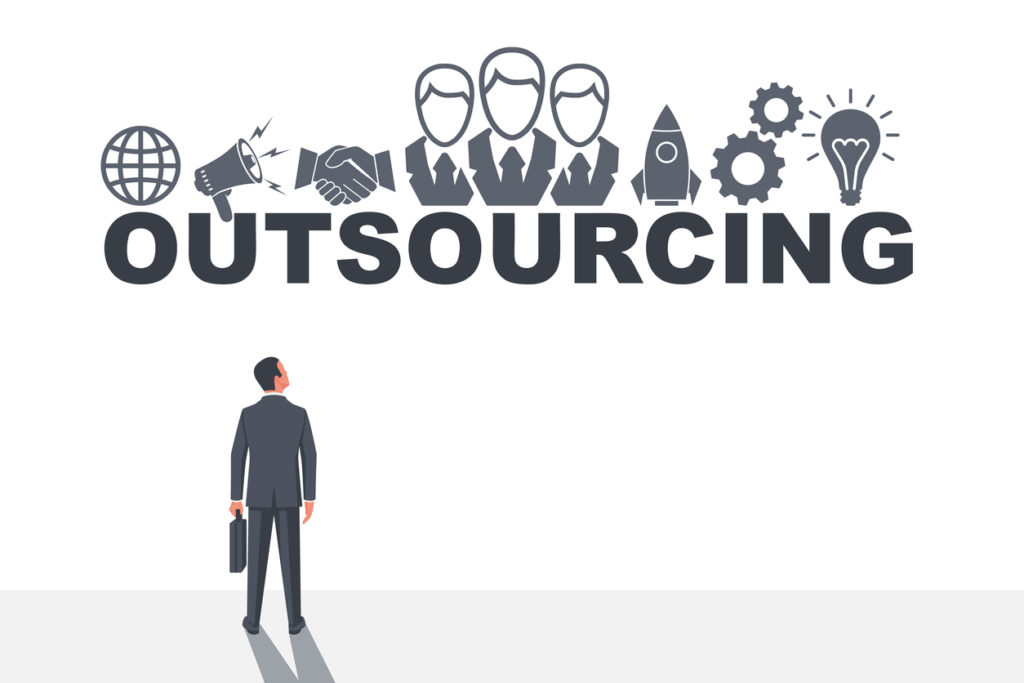
If you’re like many business leaders these days, you may be looking at outsourcing as a way to gain a competitive advantage. Many organizations find that turning over certain business functions to outside experts can help in many ways, such as gaining access to expertise, focusing on core business strengths, and improving a company’s bottom line. And, unlike traditional outsourcing priorities which were once primarily price-driven, the trend has drastically shifted. It’s now common to use outsourcing to build a competitive advantage focusing on people, processes, and innovation. But, how do you find the right partner that can help you meet your goals and can take your business to the next level?
It starts with first asking the right questions. Then, teams can compare their business requirements against each vendors’ experience and expertise. Here are three must-ask questions to help you find the right partner.
- What size partner is best? The size of the company you choose to work with can make a difference. For example, if your startup is looking to hire out mobile application development work, it doesn’t make sense to go with the largest, most established development team. The right balance comes from finding an industry expert that is slightly smaller than the company that is hiring. In this startup example, the company might look for a freelance developer or a small agency to meet their project needs. This way, the company that is hiring can wield enough influence to command attention and top talent – all at a fair price.
- What communication and collaboration tools are available? It’s a simple concept, but worth repeating – communication is critical to maintaining and growing any type of successful relationship. Teams should outline a clear plan for communication and agree on standard collaboration tools. Depending on the project – accounting, marketing, customer service – weekly or monthly status updates may be needed to demonstrate results, hold both parties accountable, and share feedback. Online call and video applications are helpful as well as project management and collaboration tools like Slack or Asana. Teams can invite outsourcing partners securely and give them appropriate permissions to applications as needed.
- How does your company culture match up? Company culture is something that is hard to define, but it is an important consideration when evaluating outside parties. That’s because two organizations that have entirely different cultures and only share few values may find it challenging to collaborate and achieve goals, compared to companies that have similar cultures. Teams should take the time upfront to learn what the other’s organizational structure looks like, including processes for strategy planning, project management, and decision-making. Also, ahead of time, outline what steps should be taken to resolve any issues. Although it’s challenging and time-consuming in the beginning, it’s worth the effort to know what to expect and to help eliminate awkwardness or miscommunication during crunch time.
Building a competitive advantage
At the end of the day, a successful partnership means that two individuals or companies are working in tandem towards the same goals. Although there are some inherent risks involved, taking time early on to ask the right questions can minimize risks and keep projects on track. With the right attitude and plan-making, these moves can be a well-calculated risk that can allow businesses to innovate and grow.
